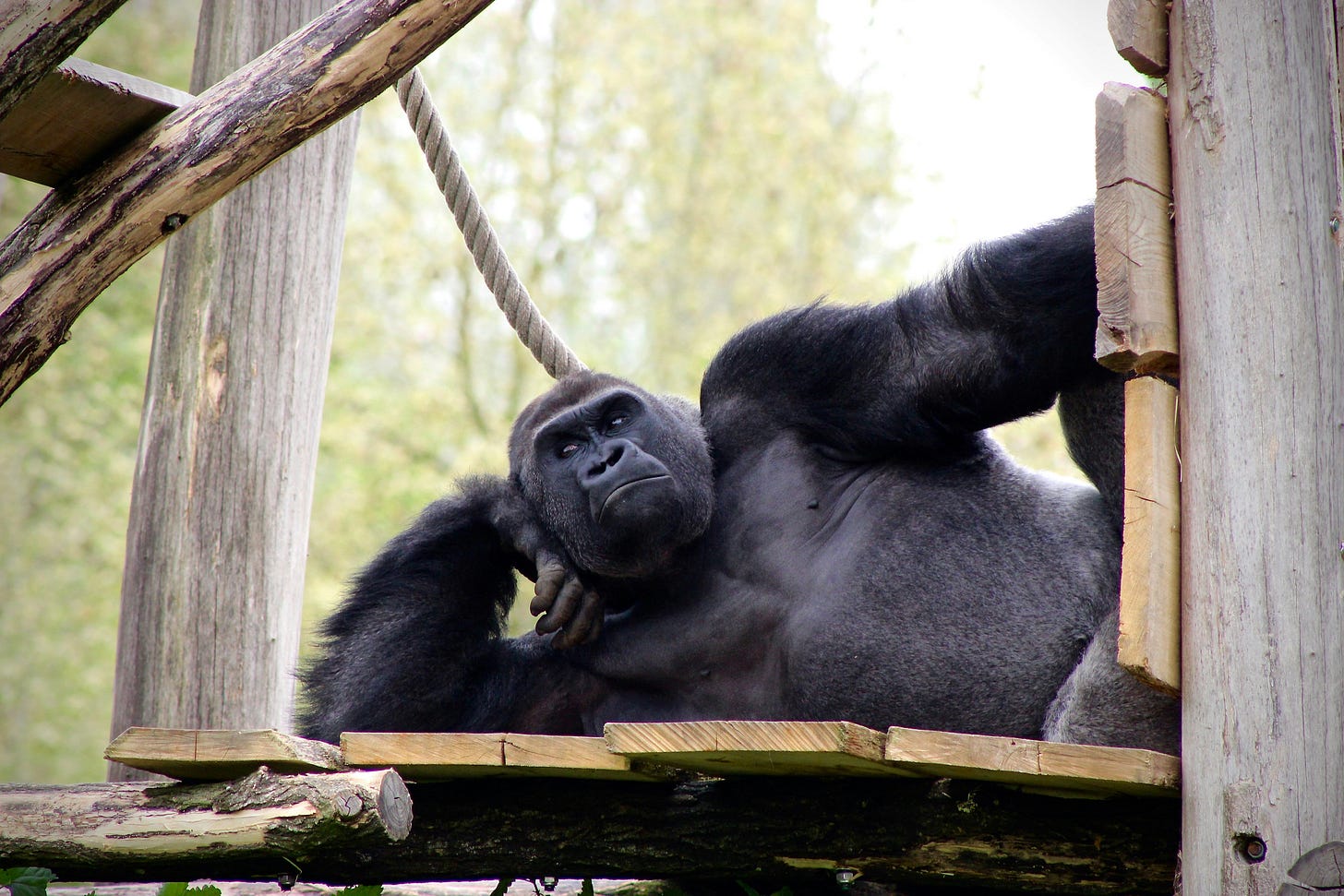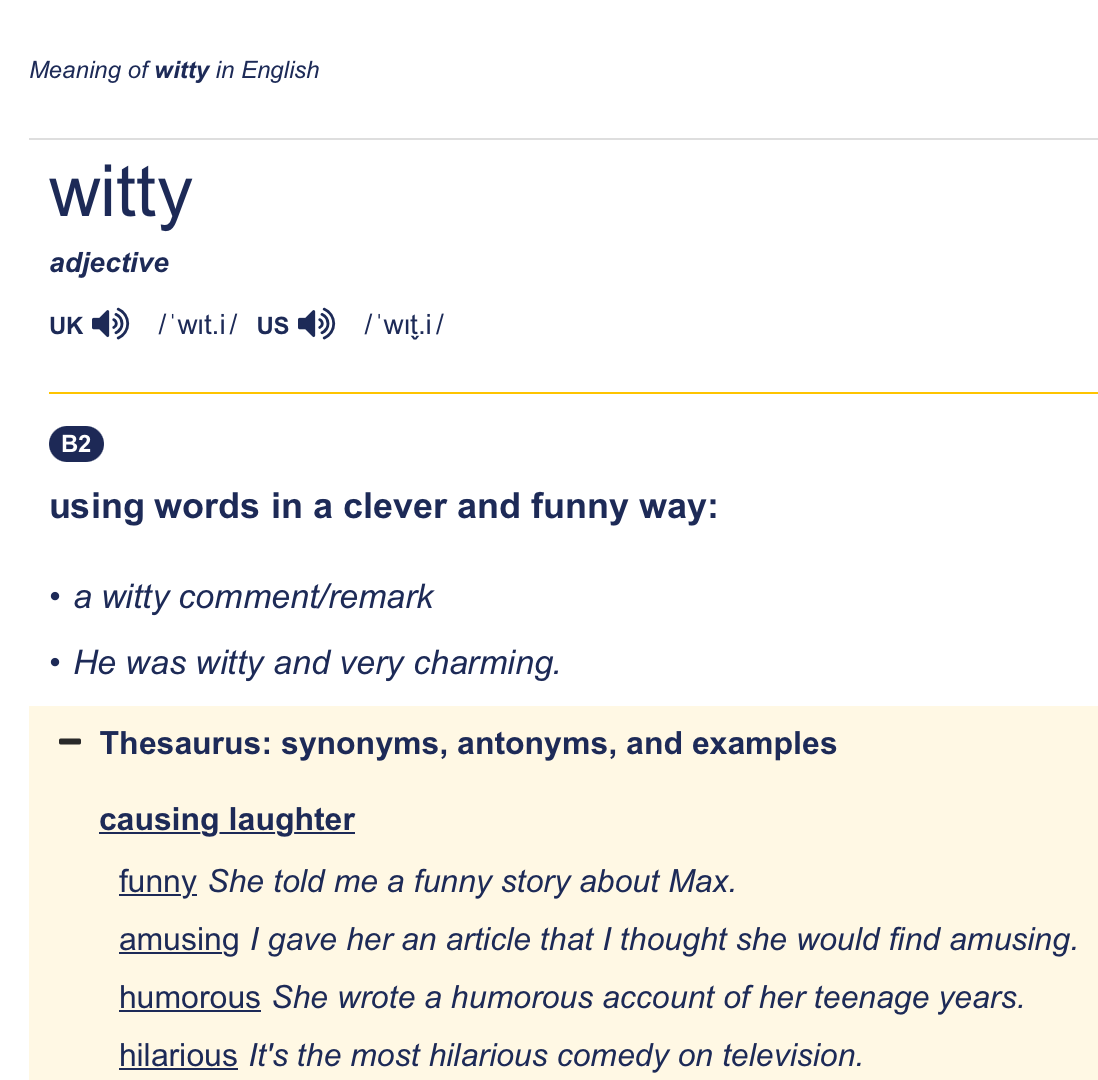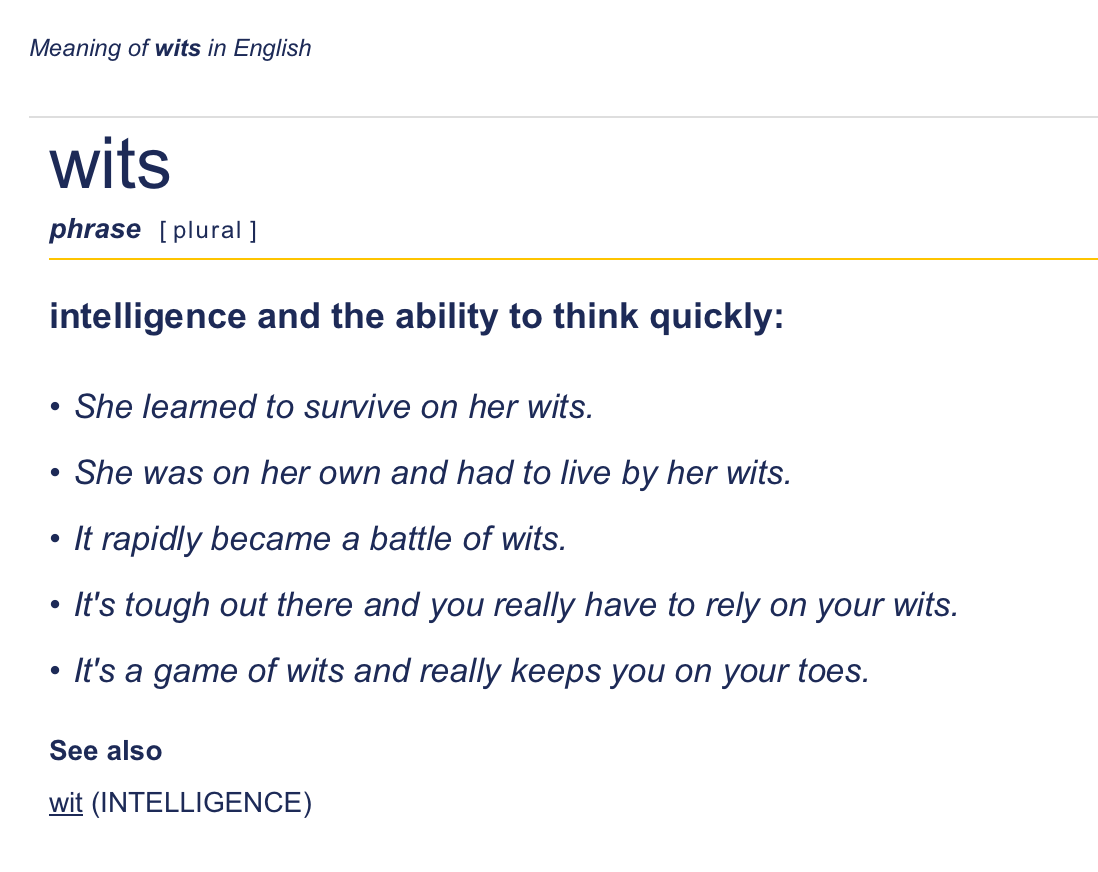“Unattention, visit me”

Good Morning! Today will be about humour, so if you are not in the mood, you might as well skip this one…
I’ve read recently Jonathan Silvertown’s book The Comedy of Error.
The author noticed that two groups of people are interested in comedy: theorists of humour, who don’t want anyone to laugh, and practitioners of humour, who fear that you won’t laugh.
There are numerous books on that topic. Inside Jokes: Using Humour to Reverse-Engineer the Mind by Matthew M. Hurley, Daniel C. Dennett, and Reginald B. Adams, viewing humour as a social or psychological phenomenon. There are also books using jokes to explain philosophical issues: Plato and a Platypus Walk into a Bar: Understanding Philosophy Through Jokes by Daniel Klein and Thomas Cathcart. But Silverstone presents a different angle.
From a behavioural perspective, humour can be seen as a stimulus, and laughter as a response.
Laughter is understood as part of play vocalisation, or in effect, the expression of play. Play, in turn, is a way of learning for both humans and other social mammals. Among others, chimpanzees, dogs, and rats can laugh.
Newborns gain the ability to smile about four weeks after birth, and to laugh around four months in. The book mentioned above, The Comedy of Error (not to be mistaken with Shakespeare’s masterpiece), mentions three functions of a smile: reward, affiliation (belonging), and dominance.
A smile can be viewed as a social signal of belonging — something we respond to on a deep level.
There were analytical studies of recordings of athletes—bowlers after scoring a strike, and later Olympic medalists. We assume they smile at the moment of victory. But they don’t! They smile only when they turn to their team or the audience. You can hear laughter with closed eyes, but a smile must be seen. The first is like a broadly broadcast transmission, while the second is more like a message sent to a specific person or group. It’s simply a different kind of signal. The smile comes first, but that play vocalisation is a very ancient ability. And because it often appears in the context of humour, we tend to confuse the two.
The well-known gorilla Koko, trained in American Sign Language from the age of one, learned over a thousand signs and understood more than two thousand English words. She also had a sense of humour similar to a five-year-old's — for example, she would take a rubber tube and pretend to be an elephant drinking juice through its trunk. Of course, we don’t know whether such behaviour occurs naturally in gorillas, but we do know for certain that they’re capable of humour.
Laughter is very old and it’s universal — everywhere in the world, regardless of culture, people can distinguish fake laughter from genuine. It’s a deeply encoded skill.
Laughter is vital on an individual level for our mental health because social bonds are undeniably important to us. It’s hard to imagine a species more social than Homo sapiens. We’re also a species that, as developmental biologists say, displays neoteny — that is, the retention of juvenile traits in adulthood. Neoteny can be observed in our appearance, such as sparse body hair or flat faces, but also in our behaviours. The renowned primatologist Frans de Waal observed neoteny in our enduring tendency to engage in play. If laughter weren’t crucial, it wouldn’t exist at all.
Play vocalisation among all social mammals acts like lubrication — it helps relationships glide smoothly. That’s why laughter is contagious. A member of a species might do something seemingly aggressive, but if they’re laughing, it means: “I’m playing.” If another member responds with laughter, it means: “I understand, and I’m playing with you.” That signals a safe situation.
Since an individual’s well-being depends heavily on the group — humans can’t survive without other people — they have to get along.
Play vocalisation served this purpose from the start. Humour evolved from that. It plays an important role in terms of sexual selection. In a survey on partner preferences involving 200,000 people from 53 countries around the world, a sense of humour was consistently listed as one of the top three traits in a potential partner (the other two were intelligence and physical attractiveness).
Humour is a measure of intelligence. In English, the word “witty” means “funny,” while to “have wits” means “to be intelligent” — they’re essentially the same word.
It’s no surprise that Homo sapiens — the intelligent human — wants to seek intelligent partners. Wit is a way of displaying intelligence.
Like a peacock’s feathers or flexing muscles in front of the opposite sex? Natural selection operates through the process of choosing mates and through competition between members of the same sex. The capacity for humour gets selected. Why? Because it signals something valuable in terms of fitness, namely, intelligence.
The fact that humour is often considered a desirable trait in a partner suggests its universality. It’s likely not just a marker of intelligence, but also of sociability — of how well someone gets along with others. We enjoy humour. We like to laugh, and we like it when someone makes us laugh.
Men indeed tend to look for women who will laugh at their jokes, which is also a form of humour.
As Virginia Woolf wrote in A Room of One’s Own: “For centuries, women have served as mirrors possessing the magical and delicious power of reflecting the figure of man at twice its natural size. Without that power, the earth would still be a swamp and jungle.”
But one major breakthrough still hasn’t happened: jokes told by artificial intelligence still don’t make us laugh. Why? Essentially, it steals jokes and repeats them. But to be fair, that’s what most of us do. We tell jokes that are new to us, but most likely have already been told elsewhere. Humour is such a mysterious thing that even seasoned practitioners don’t fully understand how it works.
Stand-up comedians recorded by Netflix sometimes admit in their sets that they occasionally flop. Or that the same joke received a completely different reaction depending on the country, or even the U.S. state, because of cultural differences.
The best comedians in the world work with teams, and the jokes they write are first tested within a group. That group gives feedback: shorten it, get to the punchline, change the order. That’s what Ken Dodd did — the British stand-up legend. Everything Dodd did was measured backstage by his assistants. They tracked how long it took the audience to understand a joke and how to improve it. Dodd had great instincts for what would be funny, but he approached his material like a scientist.
Sebastian Gendry, a promoter of laughter as a therapeutic tool, talks about its impact on our health — how it oxygenates cells, lowers cortisol levels, and even helps regulate blood sugar in people with diabetes. And it happens even when we laugh intentionally.
Laughter exercises are like mental physiotherapy. It’s a way to work on something that’s already within us in a manner that brings real benefits.
A massive study monitored 5,000 people over more than two decades. These were residents of the small town of Framingham, Massachusetts. Three generations participated voluntarily in this long-term study on heart disease. Alongside traditional health measurements, it also included surveys about friendships and relationships with neighbours, friends, and colleagues. And as a sort of bonus, the study revealed that happiness is contagious — and that we can “catch” it not only directly from the people we meet but also from those “they’ve met”.
So if you meet someone who has been made happy by someone who has “also” been made happy, that original feeling of happiness ripples out into the community like a wave.
Have an amazing week!
Anna




